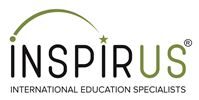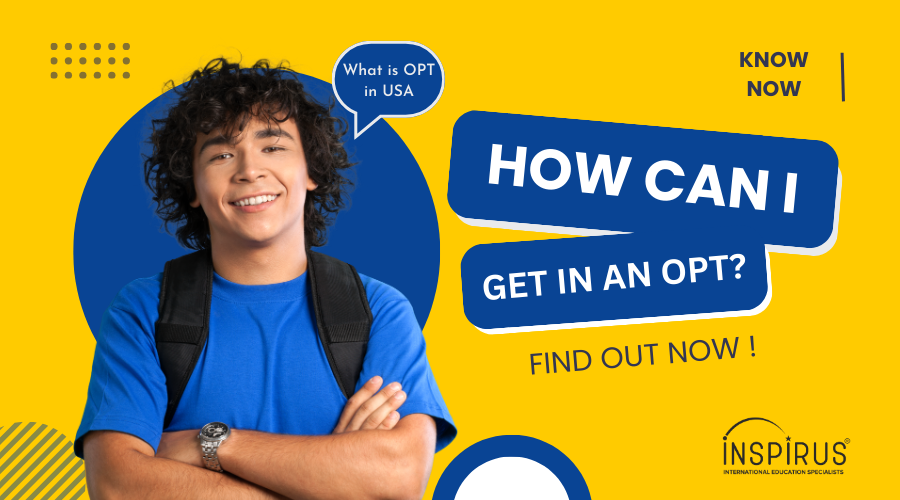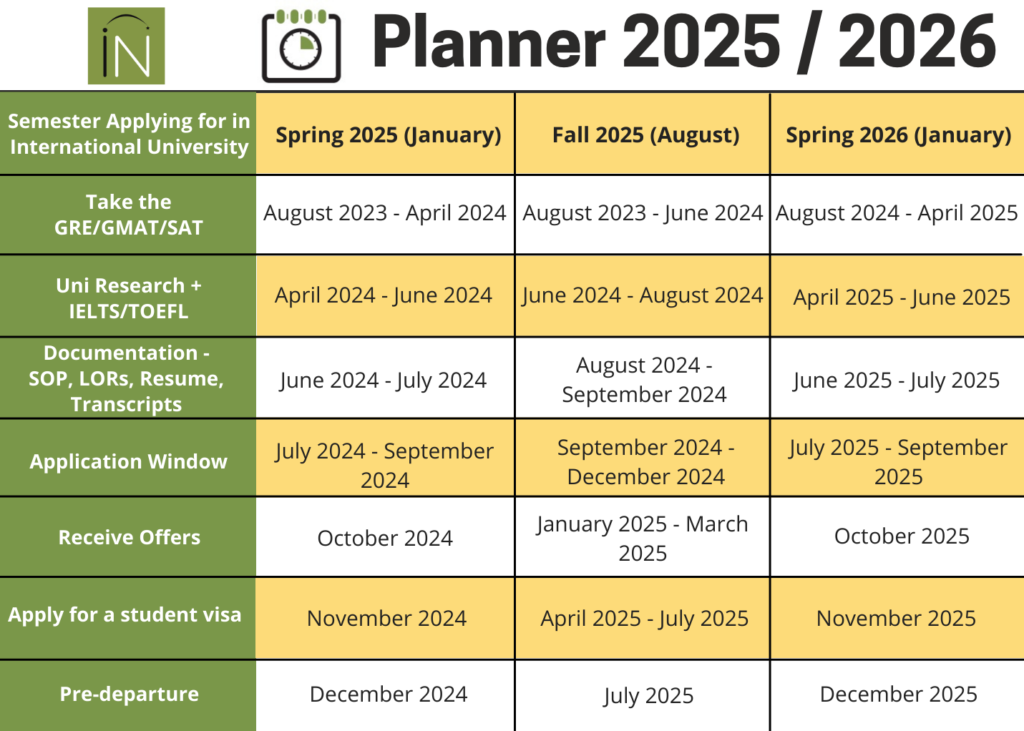Optional Practical Training (OPT) is a significant provision under the F-1 student visa in the United States, allowing international students to gain practical work experience related to their major field of study. This program serves as a bridge between education and professional employment, offering students the opportunity to apply academic knowledge in real-world settings. The structure, eligibility criteria, application process, and strategic utilization of OPT are crucial aspects for maximizing its benefits.

Overview of OPT
OPT can be utilized both before and after graduation, categorized as pre-completion and post-completion OPT, respectively. It permits students to work up to 12 months full-time (or part-time, with two months of part-time work counting as one month of full-time work). For students in Science, Technology, Engineering, and Mathematics (STEM) fields, an extension of 24 months is available, making a total of up to 36 months of work authorization.

Eligibility Criteria
To be eligible for OPT, students must:
- Be enrolled in an academic program in F-1 status for at least one full academic year.
- Seek employment that directly relates to their major area of study.
- Have not previously used 12 months or more of full-time CPT.

Application Process
The application process involves several steps:
1. Request an OPT Recommendation: This is obtained from the student’s Designated School Official (DSO), typically provided after ensuring the student’s eligibility.
2. Complete Form I-765: This form is submitted to the U.S. Citizenship and Immigration Services (USCIS) to apply for an Employment Authorization Document (EAD).
3. Gather Supporting Documents: This includes passport photos, a copy of the student’s passport, visa, I-94 record, and the OPT recommendation from the DSO.
4. Pay the Application Fee: Required at the time of application submission.
5. Submit the Application: Ideally, this should be done 90 days before the intended start date of OPT for post-completion OPT, or up to 90 days before completing the academic program.
Timing and Planning
Strategic timing is essential for making the most out of OPT. For post-completion OPT, applying early is advisable due to USCIS processing times, which can vary significantly. The start date of OPT is crucial, as students are allowed a maximum of 90 days of unemployment during the initial 12-month period, and an additional 60 days if on the STEM extension. Planning job search strategies in advance, potentially leveraging university career services and networking opportunities, can help minimize unemployment periods.

Employment Types and Restrictions
OPT employment must be directly related to the student’s field of study and can include:
- Full-time or part-time jobs
- Multiple employers
- Short-term multiple employers (performing artists)
- Work for hire
- Self-employed business owner
- Employment through an agency
- Volunteering or unpaid internships (as long as they do not violate labor laws)

STEM OPT Extension
The 24-month STEM OPT extension is available to graduates in designated STEM fields, subject to specific eligibility criteria, including working for an employer enrolled in the E-Verify program. The application for the STEM OPT extension must be filed before the current OPT expires and includes a Form I-765 and a Form I-983, Training Plan for STEM OPT Students, completed with the employer.
Conclusion
OPT offers a unique opportunity for international students to enhance their employability and gain valuable work experience in the U.S. Understanding the intricacies of the application process, eligibility criteria, and employment regulations is vital. By effectively navigating these aspects, students can significantly benefit from the practical training experience, paving the way for a successful transition from academic life to professional careers.



